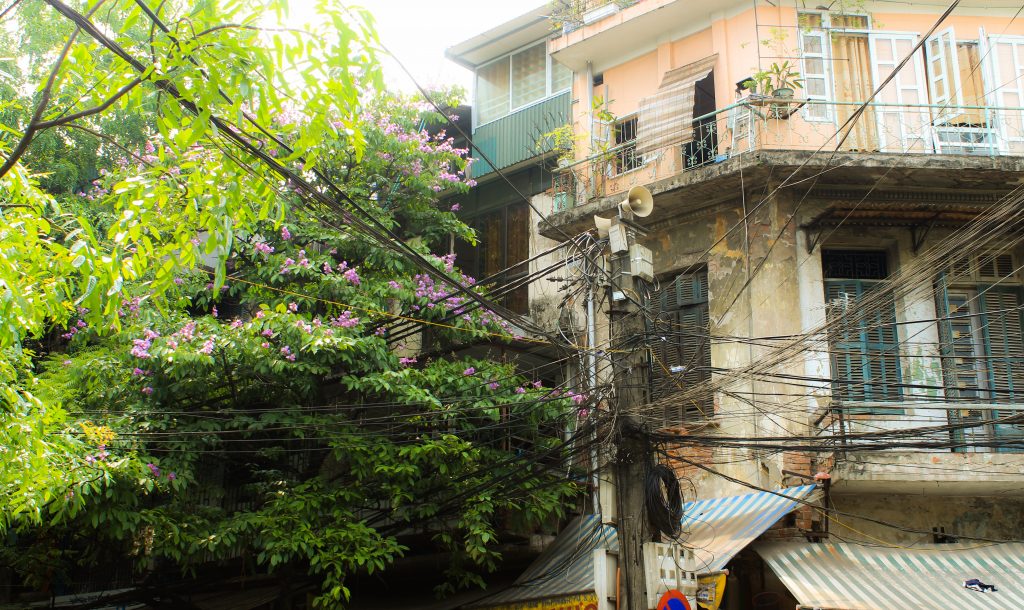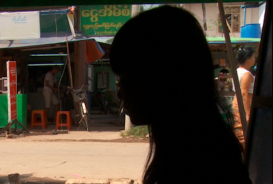Vietnam stood as one of the most vulnerable countries for virus spread in the early months of 2020, as the COVID-19 outbreak gripped Wuhan. It shares a 1,500 km border with southern China and is a developing country with a population of 96 million people.
Yet, as of 21 June 2020 Vietnam had only 349 confirmed infections, of which 327 (93.6%) were reported as fully recovered. Vietnam has no recorded deaths from COVID-19 and has had no locally transmitted cases for 67 days in a row.
Vietnam’s response to the threat has been varied and multi-layered, but one unique way the Government responded was by heavily relying on communication through Vietnam’s public loudspeaker system, available in every community across the country as an old-style communication channel between ward level government and local residents.
When the pandemic broke out in China, the loudspeaker system was immediately brought into Vietnam’s fight against the virus as a primary communication channel. Loudspeakers played slogans like, “we love you so we go to the frontline” and “if you love us, please stay indoors”; even, “if you are a patriot, just stay home”.
Rather than just providing the country’s statistical updates, the focus was also on educating local residents on hygienic practices to mitigate risks of infection, such as washing hands, wearing face masks when going out and avoiding close contact with other people.
As the loudspeaker system was already in place, Vietnam did not need to invest in setting up a new one in the context of COVID-19. This is important both for the speed of government response and in the context of resource constraints of a developing country like Vietnam.
Some describe the system as a bridge between local government and residents in the absence of communication technologies like smartphones or the Internet. So, the role the system plays is significant in the community, including alerting local residents of potential risks or of activities and events that will soon happen, that require local engagement.
While there is little literature that tells us where the loudspeakers came from exactly or by whom they were brought over to Vietnam, there is evidence that shows that the system can be historically traced back to the 1960s-70s starting in Hanoi and that this style of communication was used during war times in Vietnam. During this time, the system was mainly used to alert ordinary people to imminent and potential attacks, like enemy bombings. Thanks to this, many lives of ordinary people were saved.
However, prior to the outbreak of COVID-19 there had been discussions regarding whether the system should be maintained, with many finding it annoying and there even being a saying: “to be as loud-mouthed as the ward loudspeaker” to describe someone who is loud and talkative.
This shows that some have found the system to no longer be useful or appropriate and discussions about it became a subject of serious debate when the Chairman of Hanoi People’s Committee suggested removing it. He argued that the system should be removed because it had completed its historical mission of communication.
The debate was generally between two different demographic groups—the younger and older generation.
Younger people in Vietnam tended to express their consent with the Chairman’s suggestion, arguing that in the past when access to Internet-based, digital technologies was not that widely available, the loudspeaker system played an important role in people’s lives as a public communication channel, but the context has now radically changed.
Internet access has become widely available and affordable today. Almost every citizen has at least one smartphone connected to high-speed Internet, so there is no need for the public loudspeaker system to continue to exist. Younger people further claimed that the system is technologically outdated and occupies lots of space with ugly bundles of wires. It seems that this age group emphasises the importance of practicality in communication systems and that they are technologically driven.
Older people seem to have opposite perspectives, however. For this group of people, the system is more than just an information channel. It is not necessarily about affordability of smartphone devices either. Rather, the system reminds them of their past memories, which can be traced far back to the most difficult times in their lives, during war times and the post-war subsidised period—a period of centrally-planned economic models and criminalised private sector activity which lasted for a decade (1976-1986) before the adoption of a liberal economy in late 1986.
“Stay at home”: COVID-19 and rising domestic violence in Myanmar’s informal urban settlements
In the manufacturing hub of Hlaingthaya, migrant women often live in isolation.
What this all shows is that, to remove a technologically outdated system that has existed for decades requires more than just physical dismantlement of the system. For many, it might be a simple act of doing away with a technologically old system—but for others it symbolises a disconnection with historic memories.
To come to a decision on whether or not to get the system removed, a participatory process is required in which local residents of the two age groups are consulted for their views. In so doing, unnecessary generational tensions can be avoided and a sustainable solution as to what to do with the system—and how to do it—can be achieved.
The case in Vietnam demonstrates that it is not modern technologies that make a difference in the fight against COVID-19, but rather it is the availability and accessibility of pre-existing systems that count.
Vietnam’s response highlights that methods to communicate risk and promote government initiated interventions have to be applied in context. While it is unsure if the system will be removed or technologically upgraded, what is certain is that it has played a crucial role in the fight against COVID-19.
 Facebook
Facebook  Twitter
Twitter  Soundcloud
Soundcloud  Youtube
Youtube  Rss
Rss 



